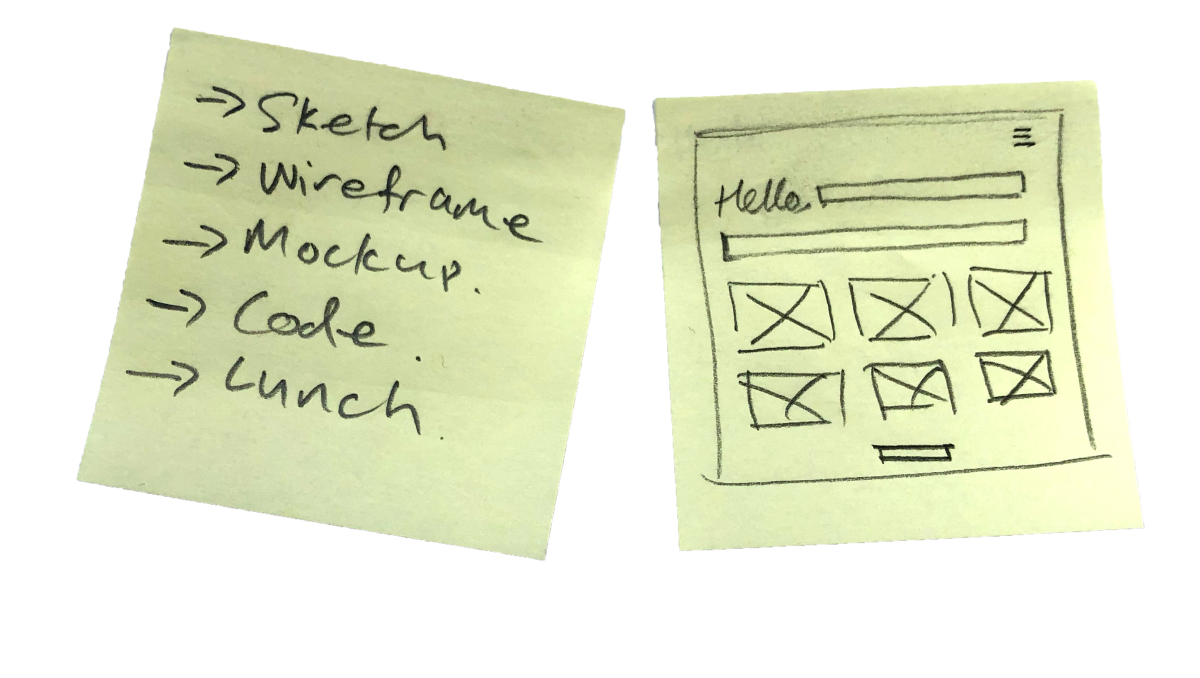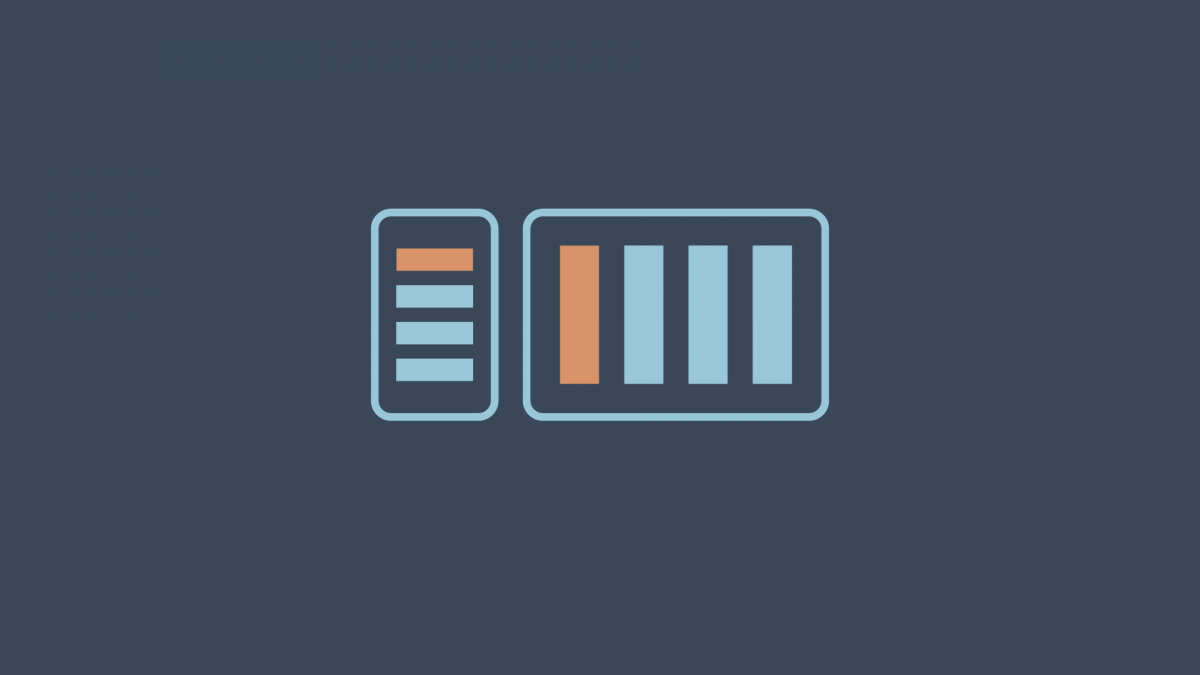The viewport is your user’s view of your web design. Your user’s viewport will be different depending on what kind of device they are using. It might be a small Android smartphone or an iPhone 12 pro. They might be using Firefox on a desktop computer. As responsive web designers, we design for all of […]






